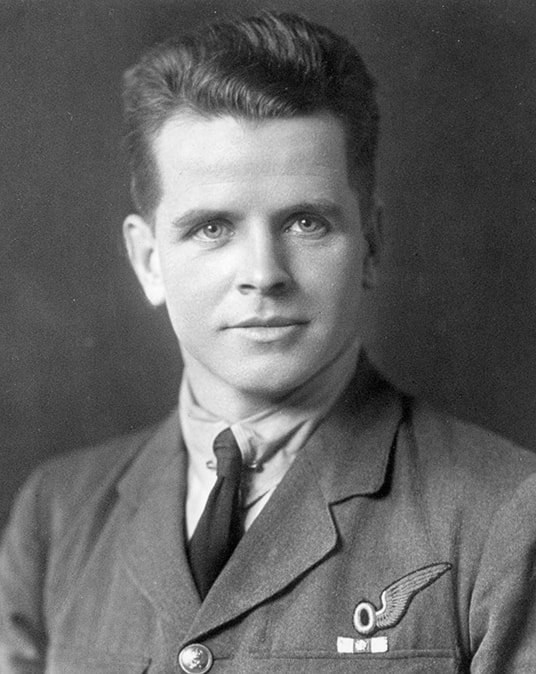by Val Wilson
Arthur William Hammond: An interesting face, don’t you think?
We came to know about this man, Arthur William Hammond, while sorting through our archive files. We found a series of letters he had written to his mother between 1914 and 1918. Letters are considered a primary source for researchers as they can tell a lot about what people of the actual time period thought about the events they were living through.
Arthur Hammond was British, originally a Royal Horse Guard, who served in France during the First World War. In 1915, as a trooper with the Guard, Hammond writes to his mother of the upcoming assignment in France, “I have passed for a 1st class marksman in shooting so my course has not been wasted.” He tells of embarking at the Southampton on the RMS Viper and his safe arrival at the base (“Somewhere in France”).
In many of his letters from “Somewhere in France”, Hammond writes of the Germans, some of them only “young boys” in the trenches. Hammond would spend about two years in the trenches and his letters home reflect his experiences. On Nov. 3, 1915, he writes of “an exciting time”, when he and another officer came across a German tunnel in which the other officer “shot a German and blew up most of the German tunnel…”
In March, 1916, Hammond put in an application to be transferred to the Royal Flying Corps. He felt that the R.F.C. would be a “very good thing, leave regularly every three months and return for home service after a year out here.”
A year later he brings his mother up to date on his hopes, “We are very busy at present, great expectations from both sides as far as I can see, however, I hope I shall see it from above in an aeroplane, as I have put in another application, but it will stop my four months training at home which I was hoping to accomplish.”
By April, he was back in England training and by the end of May, Hammond expected to be leaving for France once again. He arrived in France in September and on Oct. 29 he writes to his father, “What do you think of me as a full bloom aviator? It is very interesting work tho a little strenuous at times…”
Hammond was now a part of the Royal Flying Corps 2nd Squadron. His position was an observer for the squadron as it was responsible for reconnaissance of enemy ground positions.
Hammond’s fame is connected with two aerial engagements. The first took place on Feb. 18, 1918; as gunner of his aircraft, he shot down two German fighters and was awarded the Military Cross. The second took place on March 27 of the same year, and involved 2nd Lt. A.A. McLeod, a Canadian pilot. The battle saw Hammond awarded with the bar to his Military Cross. However, this award came with a very high price. Hammond “had been wounded six times when the machine crashed” and McLeod, “notwithstanding his own wounds, dragged him away from the burning wreckage at great personal risk from heavy machine-gun fire from the enemy’s lines.”
Lt. Hammond lost his leg because of his injuries. Although McLeod appeared to be recovering well, upon his return to Canada, he contracted the Spanish Influenza virus; in his weakened state he developed pneumonia and died.
Hammond’s letters not only opened my eyes to life during WWI, but also led me to connect with his great-niece, who was excited to learn more about this family member; she now has a copy of the letters to enrich her own life. In addition, the letters led to a kind of online family reunion among other members of the family, who hadn’t known of each other or of the letters.
If you are interested in reading these letters, please visit the Comox Air Force Museum Library!
